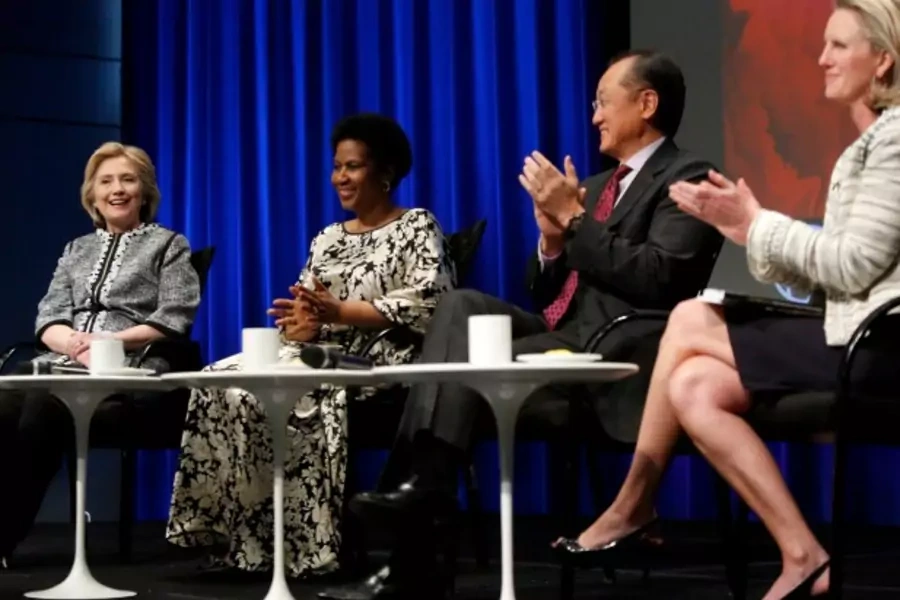World Bank Report on Women’s Empowerment Breaks New Ground

More on:
Over the past several decades, the World Bank has been an important thought leader on the value of investing in women and girls. In 2001, the Bank released a seminal report, “Engendering Development – Through Gender Equality in Rights, Resources, and Voice,” which made the incontrovertible case that investing in girls’ education and other aspects of female empowerment is critical for poverty alleviation. More recently, in 2012, the Bank devoted its annual World Development Report to women and girls, highlighting that, despite gains, gender gaps persist and greater gender equality is critical to growth.
Earlier this week, under the direction of Director for Gender and Development Jeni Klugman, the Bank released another major report on the importance of women and girls’ rights. In many ways, the report, “Voice and Agency: Empowering Women and Girls for Shared Prosperity,” breaks new ground and gets at the heart of the challenge for women’s empowerment: in some regions, norms and traditions actively constrain opportunities for girls and women. Until norms evolve to allow greater agency for women and girls, cycles of poverty will not be broken.
Using reams of data, which is one of the Bank’s strengths, this new report quantifies in a variety of ways the cost to society of disempowering women and girls. One eye-popping statistic from the report is the cost to society of intimate partner violence, which is pervasive in many countries. The Bank estimates the toll on gross domestic product (GDP) ranges from 1.2 to 3.7 percent in some countries. This is equivalent to what these same countries are spending on education. Another staggering calculation is the cost of limiting women’s reproductive and sexual rights. The report estimates that the lifetime opportunity cost of adolescent pregnancy reaches as high as 12 percent of GDP in India and 30 percent in Uganda.
This week, I had the pleasure of moderating a panel discussion among World Bank President Jim Kim, UN Women Executive Director Phumzile Mlambo-Ngcuka, and former U.S. Secretary of State Hillary Clinton to launch this report.
All of the panelists acknowledged the power of social norms in limiting women’s agency. Kim emphasized that we have to be careful because “what one group says is a cultural norm is not necessarily what all the groups will say is the social norm,” and argued that often norms are used as “a way of justifying very unequal power relations.” Clinton echoed Kim’s point with several striking examples from her tenure as secretary of state, and underscored the idea that “often times these social norms cannot bear the light of day. They are carried on because they’ve always been carried on.”
To watch the panel discussion in its entirety, check it out on the Bank’s website here.
More on:
 Online Store
Online Store